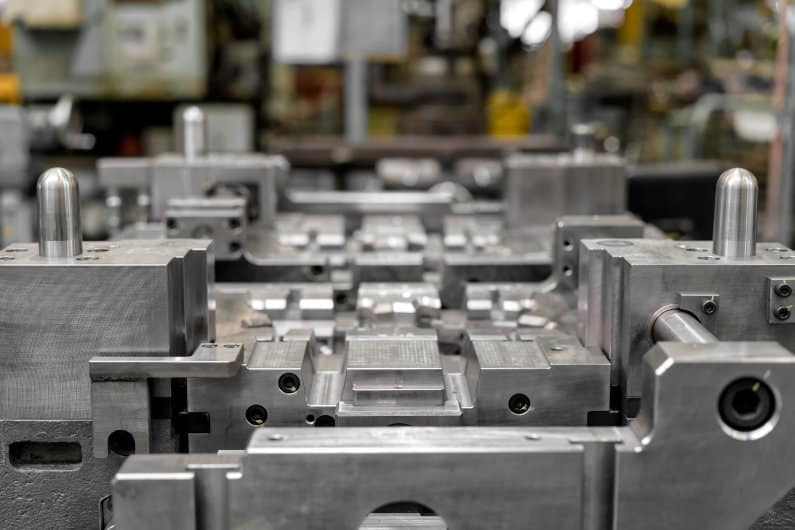Die casting is a popular manufacturing process used in various industries to produce high-quality metal parts and components. In recent years, there have been significant advancements in die casting technology that have revolutionized the industry. These innovations have improved efficiency, precision, and overall quality of the die casting process. In this article, we will explore three groundbreaking advances in die casting that are changing the game for manufacturers.
1. High-Pressure Die Casting (HPDC)
High-pressure die casting (HPDC) is a specialized form of die casting that involves injecting molten metal into a steel mold at high pressures. This process allows for the production of complex and detailed parts with excellent surface finishes. HPDC has been a game-changer in the die casting industry due to its numerous advantages:
Advantages of High-Pressure Die Casting:
- Ability to produce complex and intricate parts with high accuracy
- High productivity and fast cycle times
- Excellent surface finishes without the need for secondary operations
- Cost-effective for high-volume production
- Wide range of metals can be used, including aluminum, zinc, and magnesium
The precision and speed of high-pressure die casting make it ideal for industries such as automotive, aerospace, and electronics, where tight tolerances and high-quality finishes are essential.
2. Vacuum Assisted Die Casting (VADC)
Vacuum assisted die casting (VADC) is a groundbreaking technology that has significantly improved the quality and integrity of die-cast parts. In VADC, a vacuum is applied to the die cavity before and during the injection of molten metal. This helps in removing trapped air and gases from the mold, resulting in superior casting properties.
Benefits of Vacuum Assisted Die Casting:
- Reduction of porosity and gas defects in the casting
- Improved mechanical properties of the final part
- Enhanced surface finish and aesthetics
- Increased productivity and reduced scrap rates
- Ability to cast thin-walled and complex parts with minimal defects
VADC is widely used in industries that demand high-quality and reliable parts, such as medical devices, consumer electronics, and aerospace components. The elimination of porosity and gas defects makes VADC an ideal choice for critical applications where part integrity is paramount.
3. Additive Manufacturing for Die Casting Tooling
Additive manufacturing, also known as 3D printing, has revolutionized the production of die casting tooling. Traditional methods of constructing die casting molds can be time-consuming and expensive. With additive manufacturing, complex die designs can be produced quickly and cost-effectively using various materials, such as steel, aluminum, and even ceramics.
Advantages of Additive Manufacturing for Die Casting Tooling:
- Rapid prototyping and lead time reduction
- Cost-effective production of complex mold designs
- Customization and design flexibility for unique die configurations
- Improved part quality and consistency
- Reduced material waste and energy consumption
By leveraging additive manufacturing for die casting tooling, manufacturers can streamline their production processes, reduce costs, and bring innovative designs to market faster. This technology is transforming the way die casting molds are created, providing greater flexibility and efficiency for manufacturers.
In conclusion, the die casting industry is experiencing a wave of innovation with advanced technologies that are pushing the boundaries of what is possible. From high-pressure die casting to vacuum-assisted die casting and additive manufacturing for tooling, these groundbreaking advances are driving efficiency, quality, and productivity to new heights. Manufacturers who embrace these technologies stand to benefit from improved processes, greater design flexibility, and enhanced part performance in a competitive market landscape.
